By Bill Laux (then LTJG, USN) Patrol Squadron FIFTY (VP-50), under CDR C. J. “Dino” Economou, was scheduled to begin the last PBM-5S2 deployment from NAS Alameda, CA, to NAS Iwakuni, Japan, on 2 January 1956, to relieve VP-48, which was also deployed from Alameda, and which operated the newer P5M-1 flying boat. The practice
By Bill Laux (then LTJG, USN)
Patrol Squadron FIFTY (VP-50), under CDR C. J. “Dino” Economou, was scheduled to begin the last PBM-5S2 deployment from NAS Alameda, CA, to NAS Iwakuni, Japan, on 2 January 1956, to relieve VP-48, which was also deployed from Alameda, and which operated the newer P5M-1 flying boat. The practice at that time was to deploy two VP squadrons, one flying PBM or P5M seaplanes, and the other flying P2V landplanes, to conduct shipping surveillance in the Sea of Japan and the East China Sea. Three seaplane and three landplane squadrons sere rotated in these deployments, and a deployment lasted five to seven months, including the one-week island-hopping trans-Pacific crossing from California or Hawaii to Japan and return.
But, there were three unforeseen and unpleasant developments. In Iwakuni, the new P5Ms were found to have fuel tank vents called “wicker-bills” that froze in cold weather and rendered the planes inoperable on the winter flights off Korea and Siberia. Their flights were assigned to VP-19, the P2V squadron, which then had to fly a double load. The second problem arose because of conditions in California. That winter saw some of the worst floods in history in the Feather and Sacramento Rivers, with Yuha City and Marysville under water. Tuns of debris washed down into San Pablo and San Francisco Bays for weeks, making seaplane operations at NAS Alameda hazardous. Safety considerations required “sweeping” the take-off and landing “sealanes” frequently and before every flight and ruled out night operations. This, coupled with VP-5O’s low experience level at NAS Ford Island in Pearl Harbor, the first stop, meant that both the takeoff from Alameda and the landing in Pearl Harbor would have to be made in daylight. Given the 140-knot airspeed of the PBM, the only feasible takeoff time was from about 1500 to 1700, with a post-dawn arrival in Pearl. The third adverse factor was the thirty-knot headwind, which prevails at that time of year. At more than about ten knots headwind, the PBM could not fly the 2,240 miles; it would run out of fuel.
On 3, or 4 January 1956, in very late afternoon, pilot reports from the California to Hawaii air route indicated that the wind factor was within limits and half the squadron managed to get off from Alameda. More could not go because it got dark and the en-route servicing facilities could handle only six seaplanes with their beaching gear and ramp requirements, anyway.
But, the winds immediately became adverse again and were to continue so for weeks. Each day at noon the remaining crews in Alameda reported to the meteorology office at Alameda base operations, and finding excessive headwinds forecast, secured at about 1500. In late January, some of the crews made local flights to ensure that the aircraft were all in good order, but there was no sign of a wind shift. Meanwhile, the first half of the squadron had arrived in Iwakuni and had commenced operational patrols. But since they could not carry the whole seaplane patrol schedule, VP-19, the P2V squadron, had its deployment extended until the rest of VP-50 could arrive.
Finally, late in the afternoon of 1 February, after having secured until the next noon, it was learned that there had been a wind shift. The crews were rounded up as quickly as possible and frantic efforts were made to find those who had left for a night on the town: it was payday. Shore Patrol, police departments and sheriff’s departments were all asked to help find the crewmembers. This writer was in the Top 0’ the Mark in San Francisco, enjoying the view, when I noticed that the seaplane lights at Alameda were on. I called Alameda to find out what was going on, and found out that we were leaving. I made it back in thirty minutes, surely a record. All did eventually show up, and all remaining aircraft did manage to get off for Pearl. All was not smooth en route, however: one PBM under LTJG Pete Patton, ran into a thunderstorm, was struck by lightning which disabled some instruments and was forced to divert to Hilo, the alternate. But, he soon made it to Pearl, and soon all were on their way to Japan, where they arrived on 10 February.
Everyone was happy to see the arrival of VP-50’s second half, but the happiest of all were the crews of VP-19, who could now go home. The VP-19 officers were guests at a party given by their VP-50 counterparts at Iwakuni’s “Slipway Club”. During the festivities the following poem was read . . .
RHYME OF THE ANCIENT MARINER
It doesn’t have a T-tail. it doesn’t carry MAD.
It doesn’t have much airspeed. its rate of climb is bad.
It doesn’t TransPac swiftly, it must he quite a thrill –
There’s another thing it doesn’t do — that’s freeze its wicker-bill.
It doesn’t carry Jet pods, or altitude retention.
It doesn’t carry landing gear or other such invention.
It doesn’t have back-firing Wrights or retro-launching gear,
But it does twice the work of a P5M — damn. we’re glad you’re here.
It goes around the track so slow,
it lands after it’s dark.
But at least it goes around track
the Marlin had no spark.
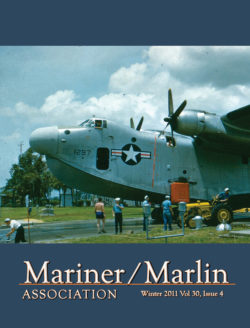 More articles are found in the Winter 2011 MMA Newsletter.
More articles are found in the Winter 2011 MMA Newsletter.
History of the Mariners and Marlin in the U.S. Coast Guard / Official History USCG (uscg.mil)
Airmen Saved From Sea / Port Angeles Evening News, Port Angeles WA, September 26, 1959 (Seattle AP)
OFFICIAL RECORD: Second VP-42 / Michael D. Roberts
The Last Mariner Deployment / Bill Laux (then LTJG, USN)
The Return Flight to San Diego / Harry E. Belflower (VP-46), Received October, 2000
P8 and MPRF Community Update / By Rear Admiral Michael W. Hewitt, Commander, Patrol and Reconnaissance Group
Annual membership in the Mariner/Marlin Association entitles members to receive four issues of the Newsletter.
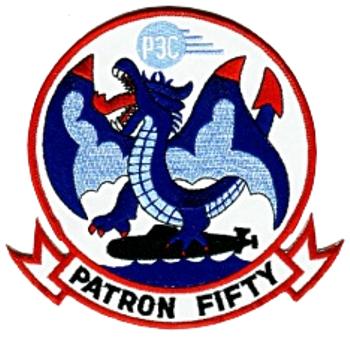
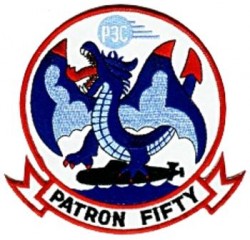
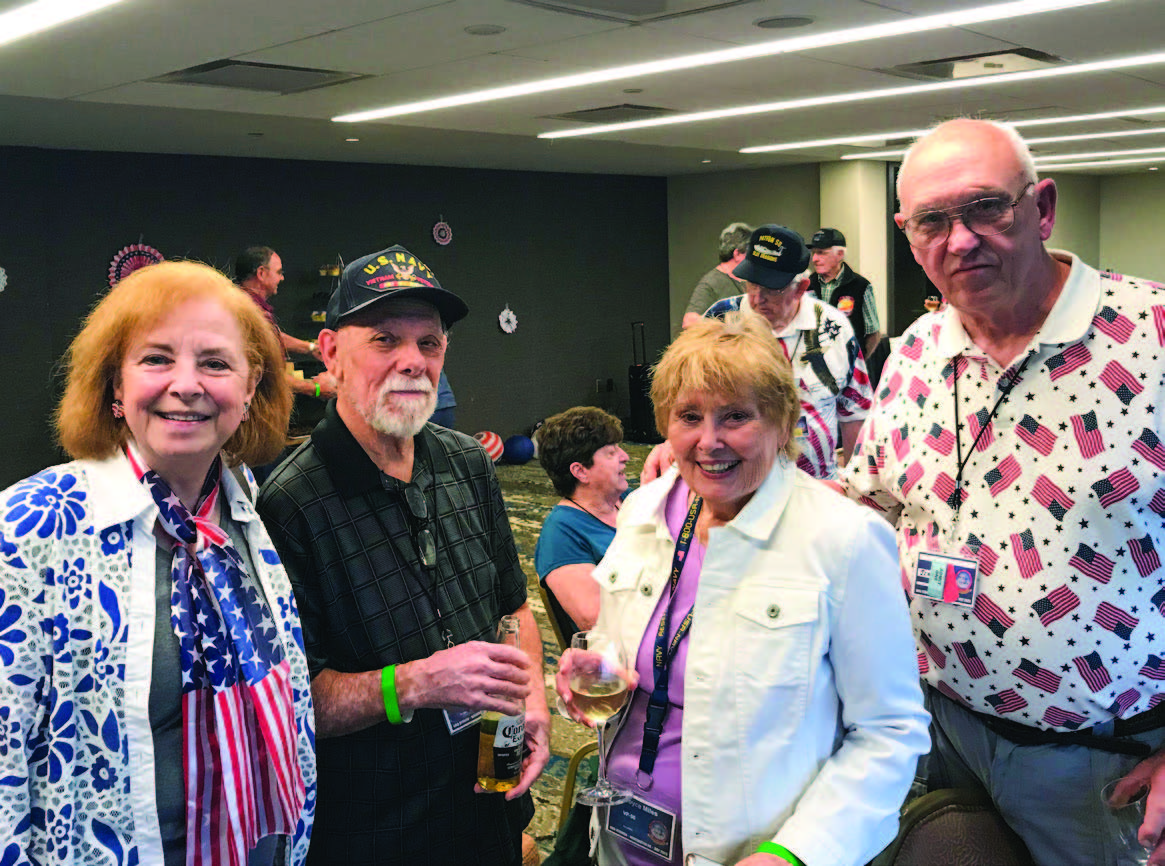
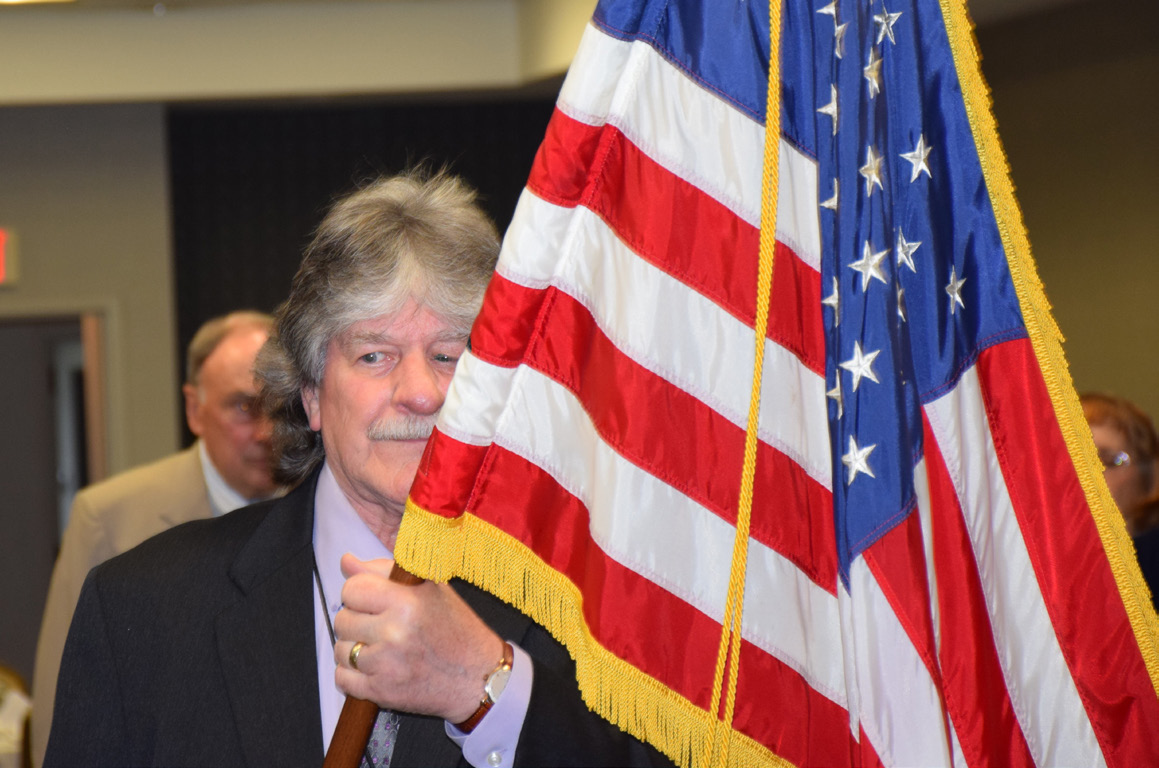
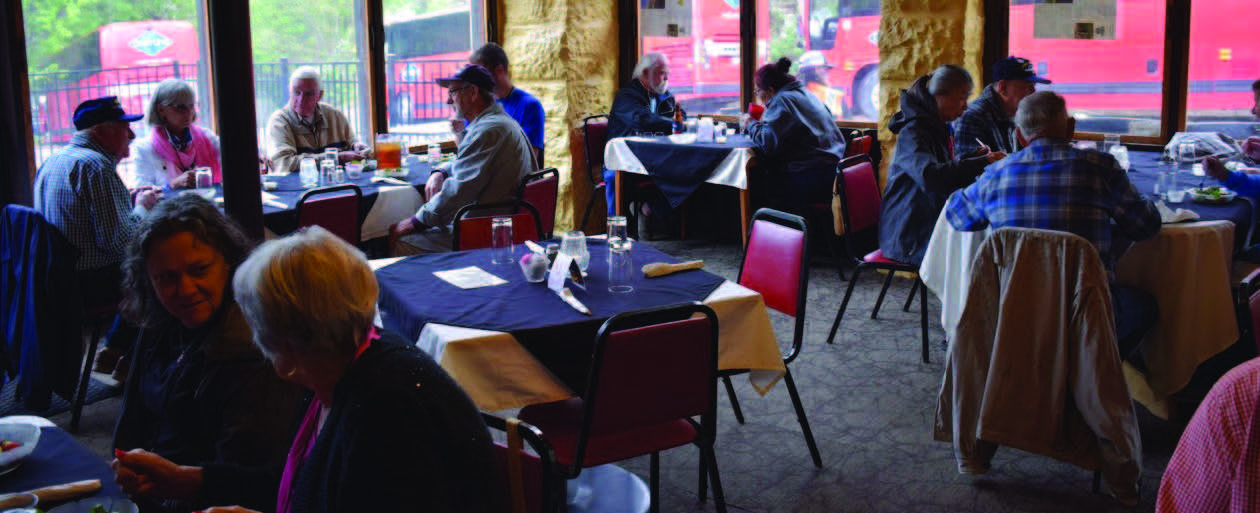

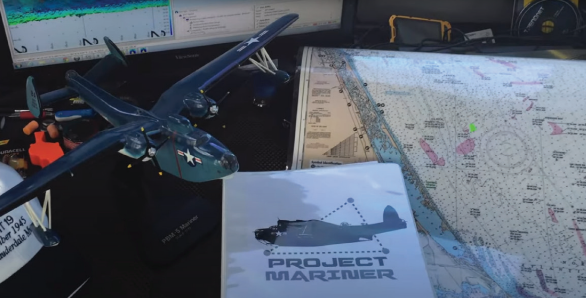

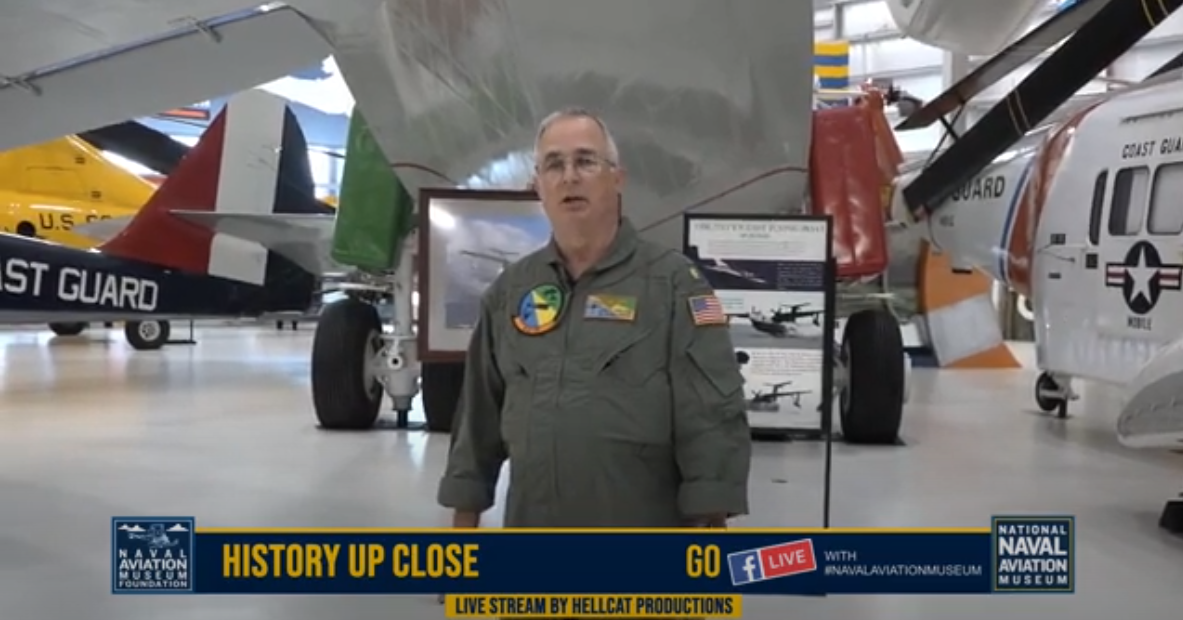
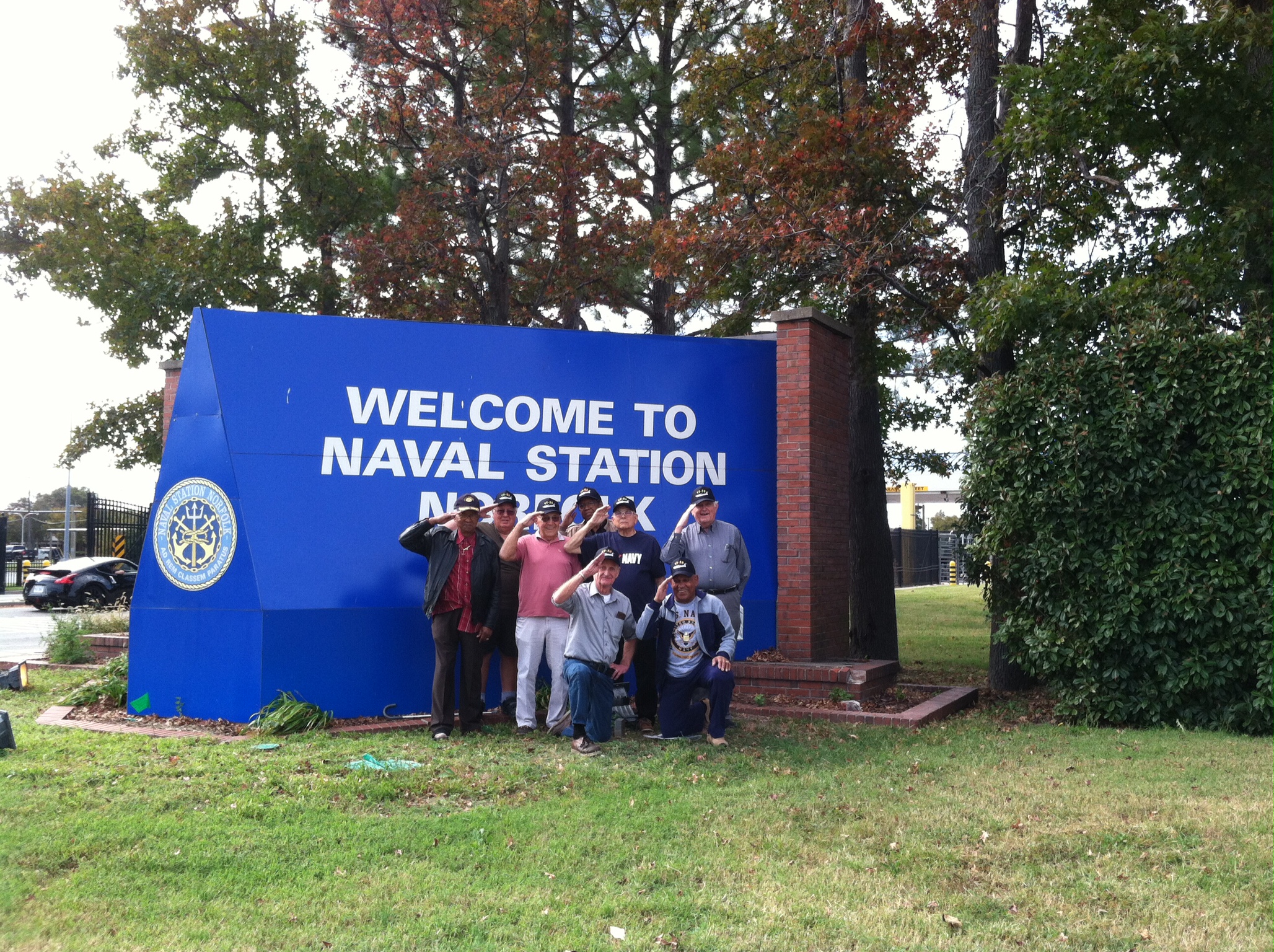
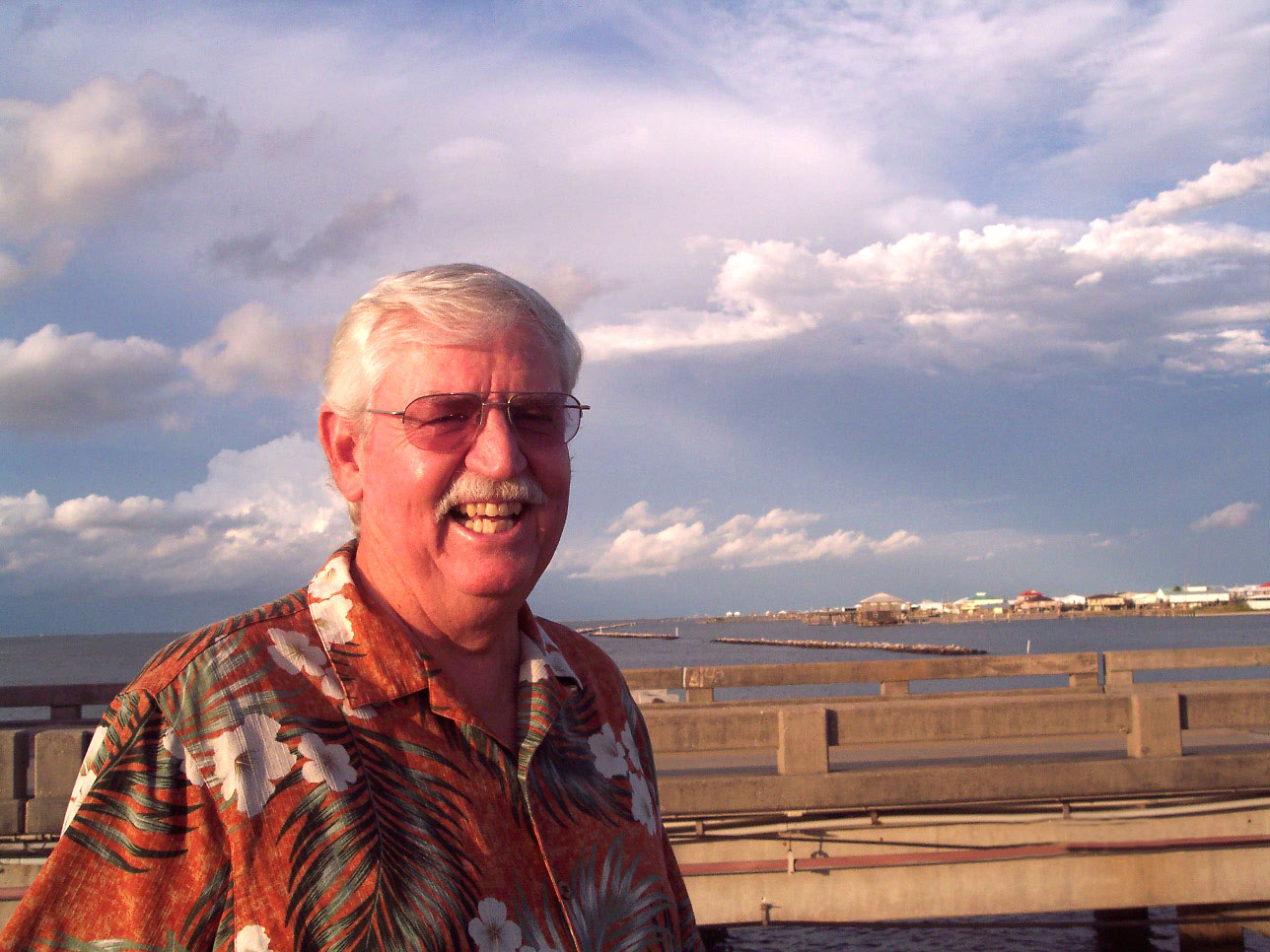
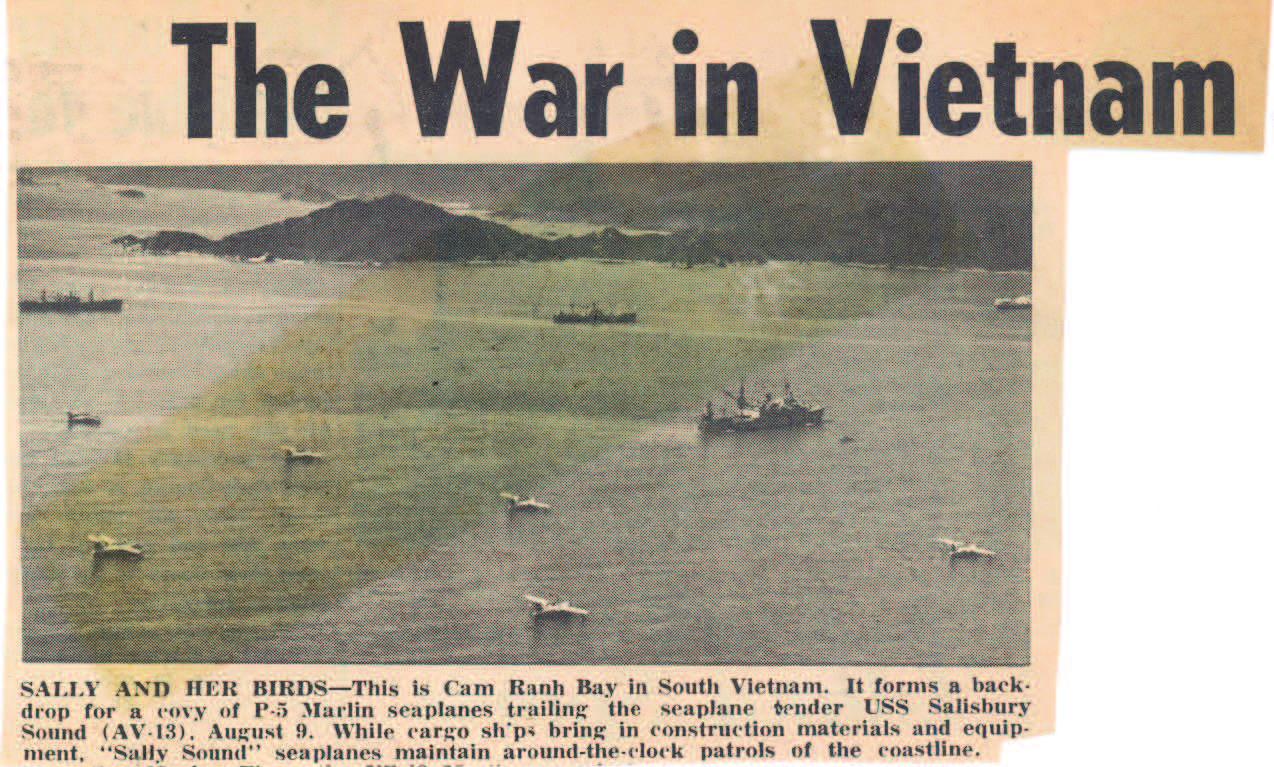
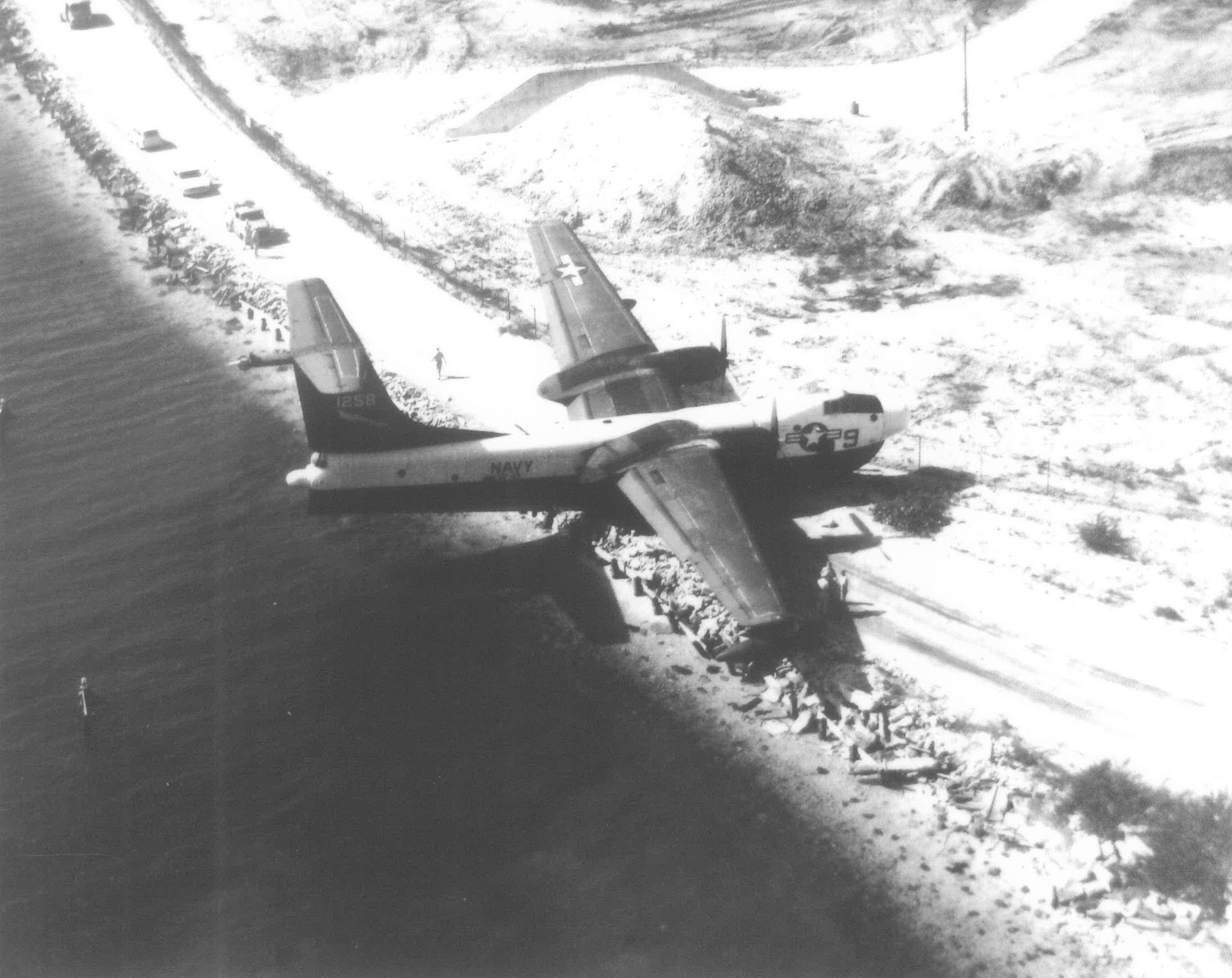
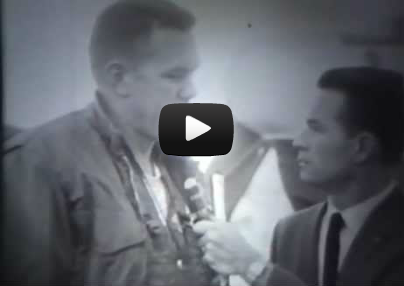
Leave a Comment
Your email address will not be published. Required fields are marked with *